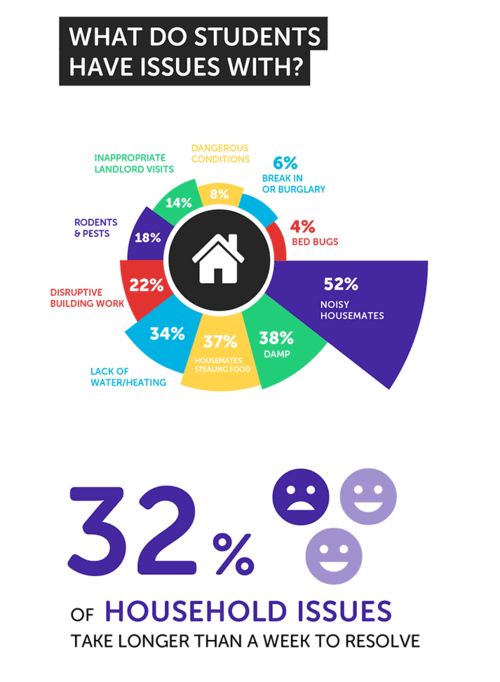
Understanding Tick Bites and Alpha-Gal Syndrome

Tick bites can be a common occurrence, especially during the warmer months when these tiny arachnids are most active. For many, a tick bite is just a minor inconvenience, but for some, it can lead to a severe and potentially life-threatening condition known as Alpha-Gal Syndrome (AGS). But how long after a tick bite does Alpha-Gal develop? Let’s delve into this question and explore the intricacies of this condition.
What is Alpha-Gal Syndrome?

Alpha-Gal Syndrome is an immune-mediated reaction to the alpha-gal sugar found in mammalian meat. This condition is most commonly associated with tick bites, particularly from the lone star tick (Amblyomma americanum). When a person with AGS consumes meat, their immune system mistakenly identifies the alpha-gal sugar as a threat, leading to a severe allergic reaction.
How Long After a Tick Bite Does Alpha-Gal Develop?

The onset of Alpha-Gal Syndrome can vary significantly from person to person. In some cases, symptoms may appear within hours of a tick bite, while in others, it may take several weeks or even months. According to the Centers for Disease Control and Prevention (CDC), the average time between a tick bite and the development of symptoms is approximately 7 to 14 days.
Common Symptoms of Alpha-Gal Syndrome
When Alpha-Gal Syndrome does develop, it can present with a range of symptoms, some of which may be quite severe. Common symptoms include:
| Symptoms | Description |
|---|---|
| Urticaria | Itchy, raised welts on the skin |
| Angioedema | Swelling beneath the skin, often around the eyes and lips |
| Abdominal Pain | Pain or cramping in the abdomen |
| Diarrhea | Loose, watery stools |
| Nausea and Vomiting | Feeling sick to the stomach, with or without vomiting |
| Shortness of Breath | Difficulty breathing due to swelling in the throat |
Diagnosis and Treatment
Diagnosing Alpha-Gal Syndrome can be challenging, as it often mimics other conditions. A healthcare provider may perform a detailed medical history, including a tick bite history, and conduct blood tests to check for the presence of alpha-gal antibodies. Treatment typically involves avoiding mammalian meat and managing symptoms with antihistamines, corticosteroids, and other medications as needed.
Prevention and Management
Preventing Alpha-Gal Syndrome involves taking steps to avoid tick bites. This includes wearing protective clothing, using insect repellents, and checking for ticks after spending time outdoors. If a tick is found, it should be removed promptly and carefully. For those who have already developed AGS, managing the condition involves avoiding mammalian meat and being vigilant for symptoms, especially after consuming meat.
Conclusion
Understanding how long after a tick bite Alpha-Gal Syndrome may develop is crucial for those at risk. By being aware of the symptoms and taking appropriate precautions, individuals can reduce their risk of developing this potentially severe condition.





